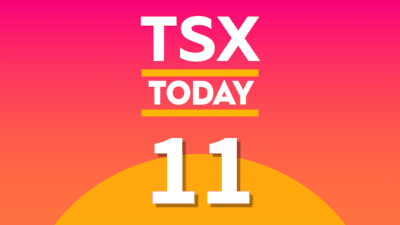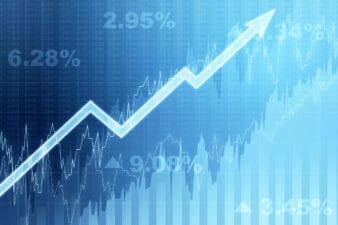The world economy has experienced an interesting decade. It started with the credit crunch almost ten years ago, which kicked-off the biggest global recession since the 1930s. Following this major challenge for global policymakers, a period of global deflation seemed likely. After all, confidence was lower and business activity had declined significantly.
In response to the threat of a prolonged recession and deflation, policymakers in the US, Europe, the UK and Japan have sought to stimulate economic growth through loose monetary policies. Notably, quantitative easing (QE) has been used extensively in recent years. While the buying of assets from banks by central banks has allowed higher levels of lending and shored up the balance sheets of a number of vulnerable banks, it has also caused challenges which could yet create difficulties for the global economy.
Inflated expectations
Perhaps the first problem associated with the use of QE is dependence. Although countries such as the US and UK have now largely ended their asset purchase programmes, there remains a feeling among investors that the policy tool remains available should it need to be used. In other words, investors may be taking higher risks than they otherwise would do, simply because they know that should economic conditions deteriorate, the central bank would step in and conduct further QE.
While this may or may not take place, the end result is higher asset prices. While there may not be a QE bubble in place at the present time, given the outlook for the global economy it could be argued that property, shares and a number of other assets are now at price levels which are difficult to justify. This could lead to sharp falls in valuations should central bankers decide that QE is a tool which is no longer relevant due to the potential for a greater inflationary threat in future.
Reliance
Another potential problem with QE is its continued usage. The ECB is currently conducting a QE programme which seems to be having positive results for the local and global economy. At a time when Brexit is causing uncertainty to rise, this may be seen as a positive effect. Similarly, Japan continues to engage in the practice as it seeks to counter its own challenges.
Therefore, nearly a decade after the credit crunch started, the world economy still seems to be reliant on QE. Certainly, not all of the developed world is engaged in the practice at the present time, but with two of its largest economic areas seeing the need to conduct asset purchase programmes on a regular basis, it suggests that the world economy is not yet able to post strong growth figures unless it has use of a QE stimulus. This could make life as a long term investor more challenging, since accurately estimating future growth rates as QE is tapered may prove difficult.
Takeaway
The requirement of the world economy to continue to use QE and the assumption that it is available should it be required could lead to difficulties for Foolish investors. Not only has it created inflated asset prices, it also means that as the policy is tapered and gradually ends, the outlook for the global economy is more challenging to predict. As such, seeking wider margins of safety and companies with strong balance sheets could be the most logical path for investors to take.







